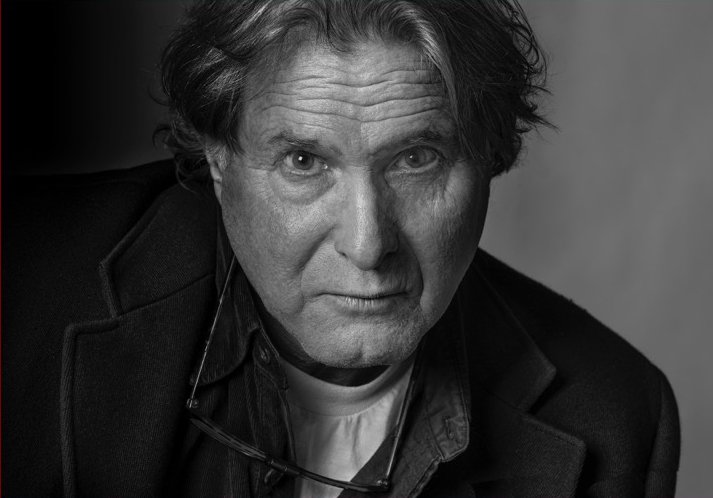Ned Smyth
Photograph source
From Artspace
Along with Gordon Matta-Clark, Alice Aycock,and George Trakas, Ned Smyth was among the first sculptors to work with architectural concepts and build site-specific, large-scale public installations. Smyth's early work evolved from the minimalist tradition. He began by making concrete 2x4s in various lengths and arranging them to create architectonic spaces within the gallery. Because of the nature of his work, Smyth's career progressed into landing site-specific public commissions for cities and corporations. He became a forerunner in the development of public art in the US. Smyth's body of work has also expanded to include a more organic vocabulary. Moving away from historical references to Judeo-Christian culture and instead of casting architectural forms, he uses natural rock forms to create primal spaces and objects.
Smyth has been exhibiting his work since 1974 and has had solo exhibitions at institutions such as American Craft Museum in New York, Lowe Art Museum at University of Miami in Coral Gables, Nevada Institute of Contemporary Art at University of Nevada in Las Vegas, and University Art Museum at California State University in Long Beach. His work has been included in group exhibitions at New York’s Museum of Modern Art, Whitney Museum of American Art in New York, Hirshhorn Museum in Washington DC, PS1 in New York, New Museum in New York, Los Angeles Institute of Contemporary Art, Kunstmuseum Luzern, Akaddmie Der Kunst in Berlin, Kunstverein München, and the Venice Biennale, among others. He has completed over thirty large-scale public projects, which can be found in locations such as New York, Anchorage, US Virgin Islands, Philadelphia, Pittsburgh, Fort Lauderdale, Savannah, Wilmington, Brooklyn, Long Beach, and Dublin.
Giant sculptures are Mr. Smyth’s interpretation of the shapes found in nature


